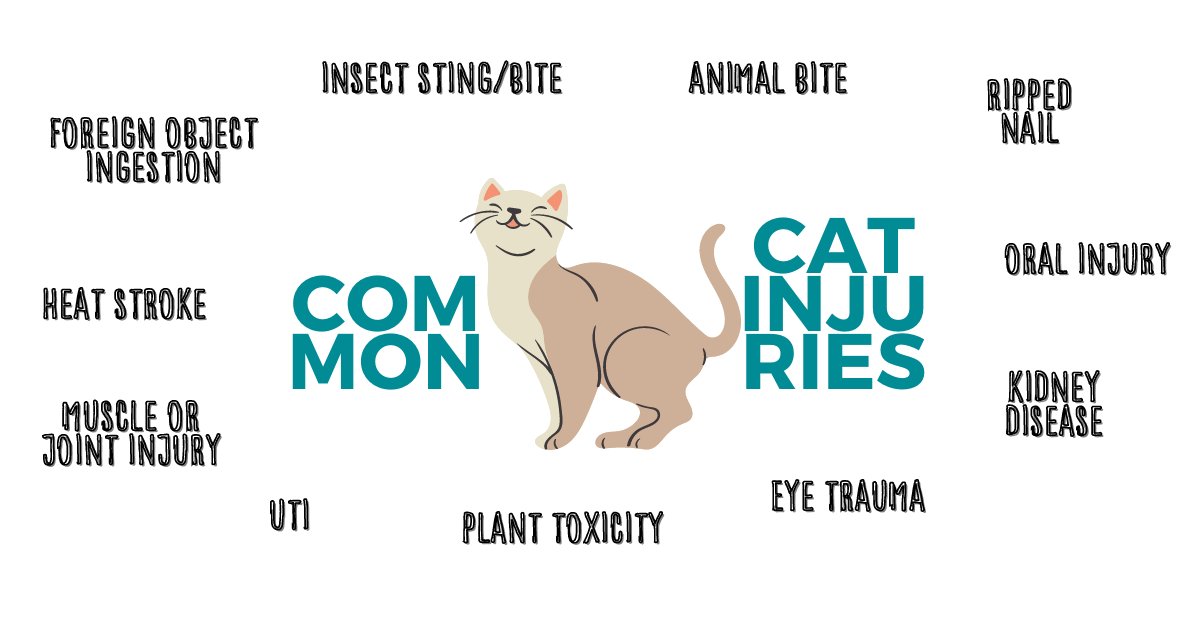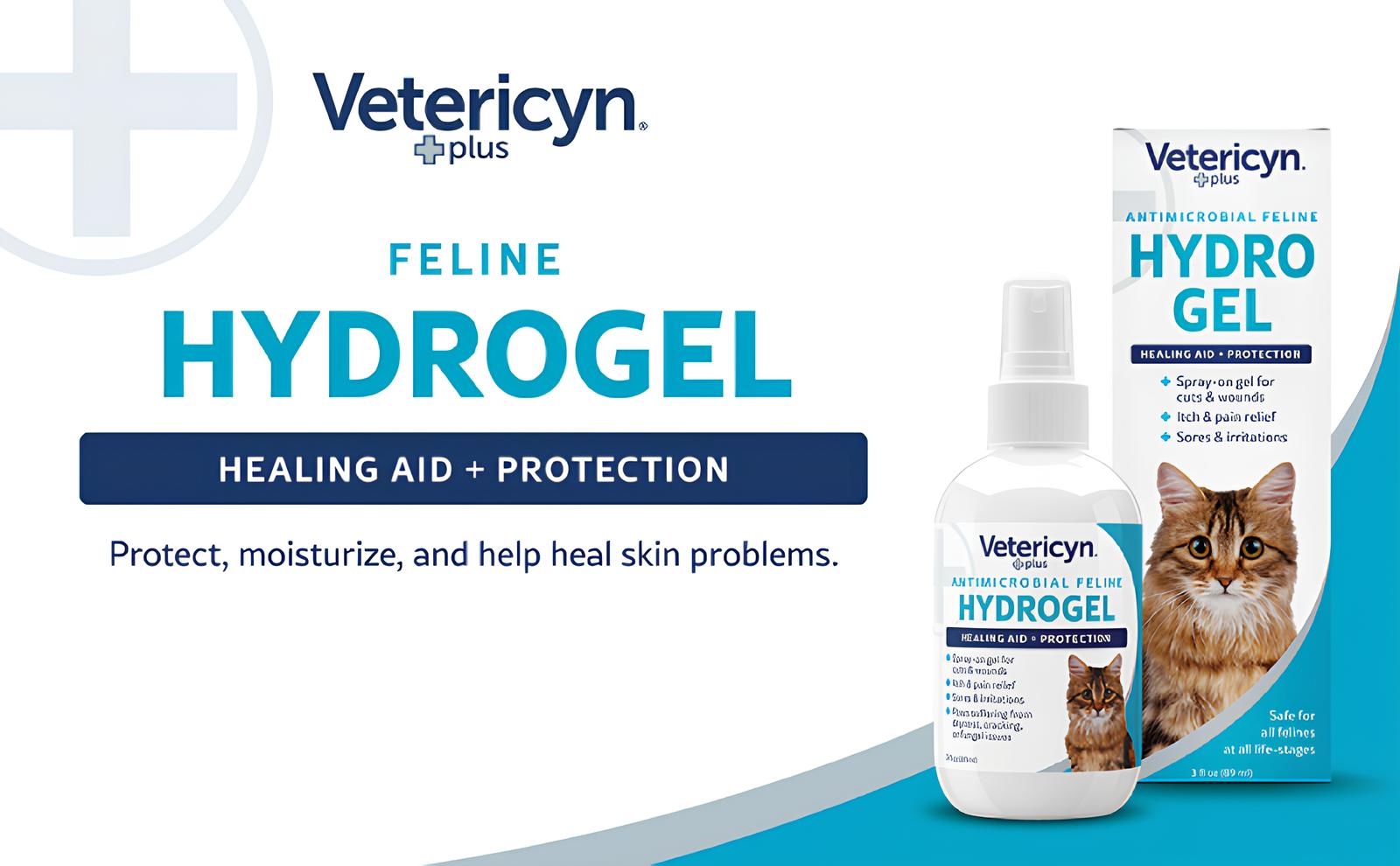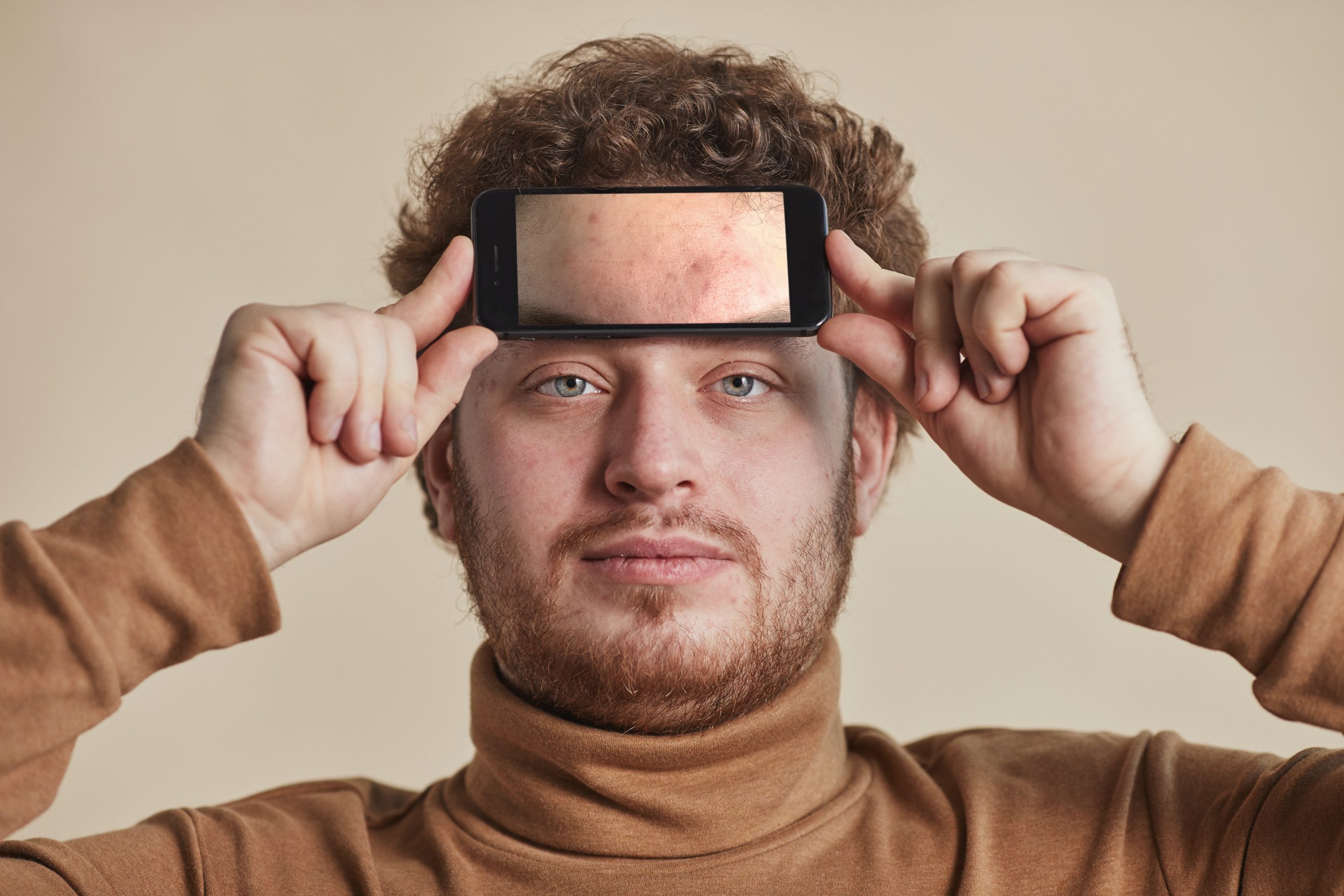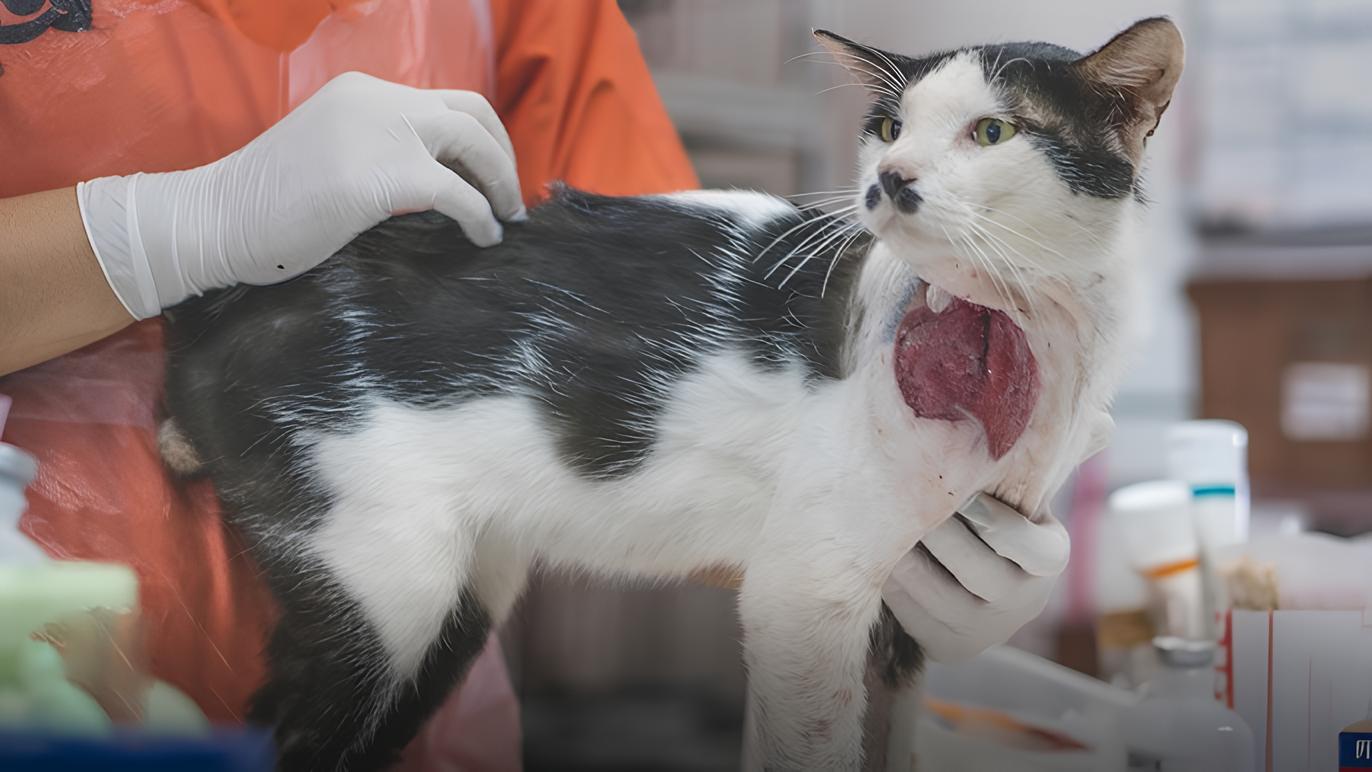No measurement tool can measure our love for our tiny feline friend, aka cat. As much as we love playing with them, seeing them in pain and going through certain injuries is as hurting. A cat is an adventurous animal who loves to play around, and while doing this, sometimes, it gets into injuries and wounds which are painful and troublesome for both – the cat and the owner.
Although tiny cuts or abrasions do not require specific treatments as the cat’s body can heal these minor injuries on its own, in case of intense wounds, you should never avoid treating them. While indoor cats love enjoying the warmth of the house and do not usually get into accidental injuries, outdoor cats are more likely to get cuts or wounds. As these cats love running and playing outside, there are more chances of them stepping on point objects or while fighting with other cats. Your cat may get bruises or scratches on the body.
From swollen faces to insect bites, limping, tenderness, and bleeding ears, a pet may go through several injuries. If you are a cat owner and do not want your cat to suffer through the pain of these injuries for a long time, you need to know basic methodologies to treat and care for a cat wound at home. Although there is no alternative to professional care, there are a few effective home remedies for cat wounds if the injuries are not of a serious nature.
Before proceeding with the treatments of healing an open wound on a cat, let’s find out the common types of cat wounds for your understanding.
Different Types of Cat Wounds/Injuries

Despite all the love and care you are giving your beloved pet at home, it will still get into injuries resulting in wounds and cuts. The more it involves outside activities, the more chances of it being injured are there. Taking care of the cuts and abrasions on time is important, as even a smaller wound is a breeding ground for many bacteria.
There are various types of cat wounds, including:
Puncture Wounds
Puncture wounds are caused due to any foreign object entering the skin or due to animal bites or scratches. In its severe form, the puncture wounds even cause skin trauma by damaging the skin tissues of the cat.
Minor Cuts
Minor cuts only affect the upper skin layers and do not penetrate deeper into the skin until your cat starts licking the wound. These cuts heal on their own without providing them with specific treatments.
Abscesses
Abscesses are caused when the trauma caused due to puncture wounds leads to developing infections on the cat’s skin. When the foreign objects transfer bacteria on the skin, and the wound is left untreated, the skin tissues result in inflammation and fluid packets which indicate the infectious wound, known as Abscesses. This severe type of wound is accompanied by high fever, laziness, pus discharge, and lethargy in cats.
Skin Lesions
Skin lesions are another type of cat wound in which skin-raised blisters are formed, which get inflamed as they grow. These chronic lesions can lead to cat skin cancer and should be treated immediately. The vet diagnoses the affected cells through biopsy and determines the reasons for these skin lesions.
How to Heal the Wounds of a Cat?
The minor cuts and abrasions on a cat usually do not take too long to heal, and even without any treatment, they recover independently. However, in case of a puncture wound, you may provide your feline friend with a rapid first-aid treatment.
Wrap the Wound
In case of a cat’s injury, the first thing to do is to wrap the wound tightly with a clean towel. Not only will it prevent the wound from bleeding, but it will also stop the cat from scratching its own wound.
Do a Thorough Examination
Thoroughly examine the cuts, whether these are new or old. If the wound seems deeper or has severe bleeding coming out of it, ask the vet for a dressing. However, minor cuts can be treated at home. The older cuts are more likely to cause infection, so these should be treated professionally. If a wound starts swelling, bleeding, or has pus coming out of it, these are the signs of infected wounds. In case of severe bruises, the cat may need to undergo stitches or even surgery, for which only a vet can assist you.
Clean the Wound
The next step to do is to clean the wound with a saline solution carefully. Thoroughly rinse the wound site with an antiseptic solution 2 to 3 times daily. You may also use an antibacterial soap to clean the wound on your beloved cat. You may be required to cut the cat hairs around the site of a wound. Do not rub the affected area; gently clean the debris from the wound’s surface.
Control the Blood Flow
After cleaning the wound, if any blood comes from it, you should try to staunch it. Put gentle pressure on the wound with the help of sterilized gauze and keep applying the pressure till the bleeding stops.
Treat the Wound with Antimicrobial Hydrogel

Antimicrobial hydrogel is the best thing to apply to the cat’s wound, which helps speed up the healing process. Since an open wound is prone to getting a bacterial infection, it should be given antimicrobial treatment to mitigate the chances of bacterial or viral infections. The antimicrobial hydrogel creates an additional protective layer to heal the wound rapidly. You may apply it directly on the site of the wound or the dressings.
Keep Checking the Wound
Once you have treated the affected area, it’s time to allow the wound to heal. Take very care of the wound and closely observe if there is any swelling or inflammation on the cat’s skin around the cut. Also, ensure that your cat is not licking or scratching the wound; for that, you may place the clean, stretchable bandages at the site of the wound. To keep the cat away from touching its injured skin area, you may purchase an e-collar of the exact size of your feline friend. Examine the cuts or abrasions regularly and also keep the bandages clean. Spray the antimicrobial on the site of the wound whenever you change the bandage. If the bandage feels wet or has blood coming out of it, you may remove it to assess the wound.
How Does a Vet Treat Cats’ Wounds?
If the wound is older or deeper, there are chances that it will get infected. To prevent infection from breeding at the wound’s site, you should immediately take your cat to a qualified and experienced veterinarian. He performs a complete physical examination of the wound and clip or cut the furs from the wound site if necessary. He may also give your cat general anesthesia to perform the deep evaluation without any disturbance.
For further assessment of the wound, you may be required to perform x-rays of your cat so it becomes easier to make the absolute diagnosis of the wound. If there is any underlying tissue damage, deep skin trauma, or bone complications at the site of the wound, the X-ray results will easily spot it. Based on the x-ray reports or blood test results, your cat may be prescribed injectable treatments, topical antimicrobial ointments, or pain medications. Your vet may also discuss on how to treat the cuts or injuries on the cat’s body at home, including dressings, checkup appointments, changing bandages, cleaning the wounds, etc.
Frequently Asked Questions (FAQs)
What are the signs that my cat is injured?
For cat owners, it is important to keep examining their cats and carefully observe if they have any signs of injury, including swelling, skin rupturing, bleeding, lesions, missing hair, or limping.
What are the symptoms of an infected wound?
Although minor wounds on the cat’s skin healed on their own, if any severe wound is left untreated, it becomes infected. The signs of infected wounds are pain, redness, bruising, pus-like discharge from the wound, vomiting, and fever.
What is osteomyelitis in cats?
Osteomyelitis is the swelling or inflammation of the bone tissue that may lead to causing infection.
How can I treat an open wound on my cat at home?
In case of an open wound in your cat’s body, you should clean it immediately with warm water or any antiseptic solution. Wash the wound 2 to 3 times a day and clean the blood or crust around the wound with the solution. Cleaning wounds multiple times a day is important to prevent bacterial invasion. After the wound is cleaned, treat the wound with antimicrobial hydrogel so there are no chances of bacterial infection.
Can a cat’s open wound heal by itself?
The minor cuts on the cat heal on their own as long as the cat is not licking the open wound. If the wound has no pus-filled discharge, swelling, or bleeding, it will heal without any specific treatment.
What ointment is safe for cats’ open wounds?
To treat open wounds in cats, you may apply triple antibiotic ointment on the wound. It is a combination of polymyxin B, neomycin, and bacitracin and is used to heal open wounds in pets, especially cats and dogs.
Can I put Vaseline on the cat’s wound?
Petroleum jelly or Vaseline has skin-soothing properties, and if it is applied to the wound, it soothes the skin and speeds up the healing process.
What is the fastest way to heal a wound on a cat?
Treating the wound with an antibiotic ointment and antimicrobial hydrogel speeds up the healing process of wounds in a cat.
Can you use antiseptic cream on cats?
The antiseptic solutions and creams which are used to treat human wounds and injuries should not be applied to the cat’s wounds.
Is it safe to treat cat wounds with Dettol?
Dettol is an effective antiseptic to treat human wounds, but it should not be applied to the cat wounds and cuts because if the cat licks it, it may cause further damage.
How to stop a cat from licking its wound?
Since licking a wound can seriously damage it and slow down the healing process, it is important to keep the cat away from licking its wound or cuts. To do so, you may wrap a stretchy bandage around the wound. You may also use an e-collar that prevents a cat or dog from licking its body or scratching the wounds.
What are essential items I should have at home to treat cat wounds?
If you are a cat owner, you should have some basic yet essential items at home which are helpful in case your cat gets injured. These essentials are bandage tape, stretchy bandage, non-sticky gauze, an e-collar of your pet’s perfect size, saline solution, antibiotic ointments, and tipped syringes.
How much time does it take for the superficial abrasion to heal?
A superficial abrasion takes almost 5 to 7 days to heal completely.
What are the different stages of wound healing?
The process of wound healing is divided into four main phases, including hemostasis, inflammation, proliferation, and remodeling.
When to take a cat to the vet for a wound?
If the cat’s wound is not healing and is followed by lethargy, swelling, bleeding, and laziness, you may take your cat to a veterinarian immediately for a thorough diagnosis and treatment.
How will I find out if my cat’s wound is serious?
If the cat’s wound leads to fever, discomfort while moving, and pus-containing discharge from the wound, there are chances that your cat’s wound has developed an infection.
Do cats feel pain?
Cats, just like humans, feel pain when they get bruises, cuts, wounds, fractures, or any other injury.
What are the common active ingredients in the antiseptic solutions used to treat cat injuries?
The antiseptic solution is popularly used to treat cat injuries and wounds, and it has chlorhexidine diacetate or povidone-iodine as its main active ingredients.
Is it safe to put hydrogen peroxide on the wound?
Hydrogen peroxide has strong oxidizing properties; if applied on the wound, it may result into causing skin irritation and tissue damage. Also, when it gets in contact with the healthy cells at the site of the wound, it damages these cells as well, slowing down the healing process.

John Davis is a passionate content writer with a knack for crafting engaging narratives across various subjects. With a keen eye for detail and a love for storytelling, John brings ideas to life through the power of words. His dedication to delivering high-quality and informative content has made him a trusted voice in the digital realm. When he’s not at his desk, you’ll find John exploring new hobbies and seeking inspiration in the world around him.







Loading…